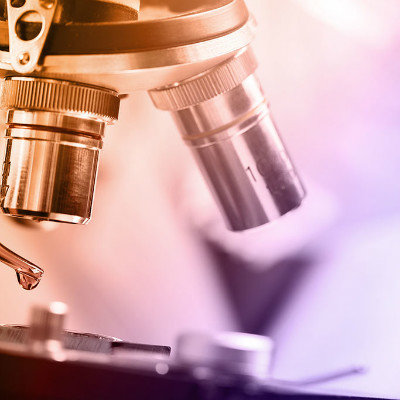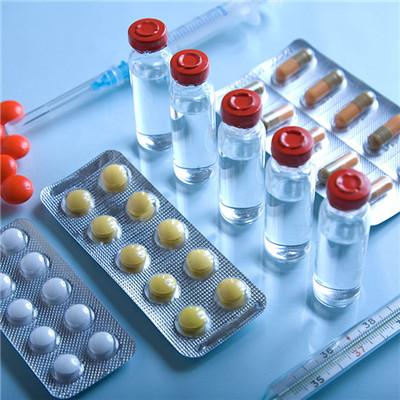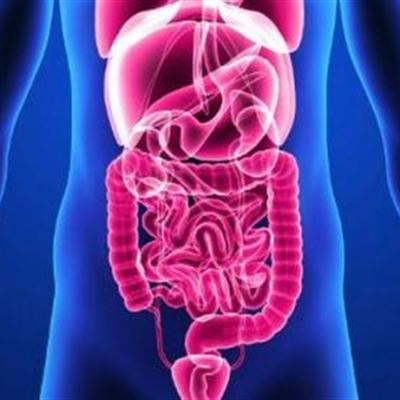Symptoms of nitrogen poisoning?
summary
Nitrogen, with the chemical formula of N2, is usually a colorless and odorless gas, and the density of nitrogen is generally lower than that of air. Nitrogen accounts for 78.08% (volume fraction) of the total atmosphere and is one of the main components of the air. Under the standard atmospheric pressure, when the nitrogen is cooled to - 195.8 ℃, it becomes a colorless liquid, and when it is cooled to - 209.8 ℃, it becomes a snow like solid. Because of its inert chemical properties, nitrogen is difficult to react with other substances at room temperature, so it is often used to make preservatives. But under the condition of high temperature and high energy, it can change with some substances to produce new substances which are useful to human beings. Symptoms of nitrogen poisoning? Let's talk about it
Symptoms of nitrogen poisoning?
Because nitrogen is colorless and odorless, and is one of the normal components of air, it is not easy to be detected even if high concentration nitrogen is inhaled. When the concentration of inhaled nitrogen was not too high, the main symptoms were headache, nausea, chest tightness, chest pain, shortness of breath, weakness and numbness of limbs; Then there was restlessness

Extremely excited, patients can run aimlessly, shout, trance, gait instability, namely the so-called "nitrogen drunk tincture", and can enter a coma or coma state. If the inhalation concentration is too high,

Patients may develop paroxysmal spasms, convulsions, fecal incontinence, cyanosis, sighing breath, oral and nasal discharge of white or pink foam secretions, severe cases of rapid coma, sudden cardiac arrest, or even death, which is nitrogen asphyxia.

matters needing attention
Quickly evacuate the personnel from the contaminated area to the windward, isolate them and strictly restrict their access. It is suggested that emergency treatment personnel should wear self-contained positive pressure respirator and general work clothes. Cut off the leakage source as much as possible. Reasonable ventilation to accelerate diffusion. The leaking container should be properly treated and reused after repair and inspection.












